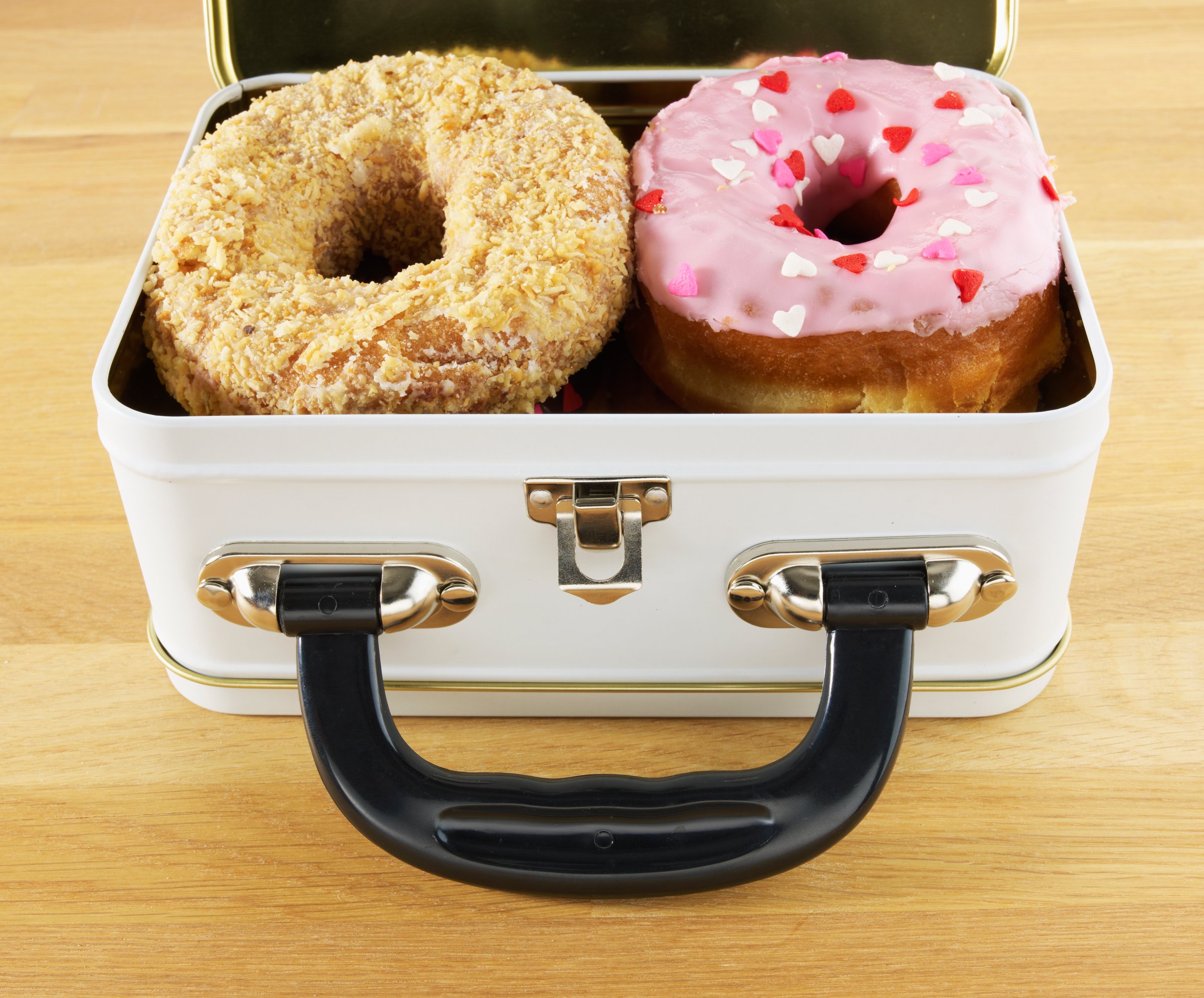
Most lunches brought from home don’t meet the nutritional guidelines set by the National School Lunch Program (NSLP), finds a new study.
Over the last few years, school lunches have undergone a makeover in hopes of curbing adolescent obesity and helping kids get healthier. Schools now provide more fruits, vegetables, whole grains and low-fat milk. Soda and sugar-sweetened beverages have been dismissed and vending machines restocked with healthier snacks. Even breakfast options are better for young people.
But the lunch revolution hasn’t yet reached the home front. Researchers Karen Cullen, a professor of pediatrics and nutrition at Baylor College of Medicine, and Michelle L. Caruso of the Houston Department of Health and Human Services discovered that kids who are bringing their lunches from home are nutritionally much worse off than those who are buying school lunches.
“We were in the schools doing other observations and noticed the lesser quality of meals from home, so we decided to look closer and actually measure it,” explains Cullen.
To figure out what exactly what’s being packed at home, Cullen and Caruso looked at the brought-from-home lunches of 242 kids at eight elementary schools and 95 kids in four middle schools in the Houston area over a two month period. They calculated the nutritional content of the home lunches compared to the NSLP guidelines, as well as how much the home lunches cost.
They found that lunches brought from home had more sodium, fewer servings of fruit, fewer vegetables, fewer whole grains and less milk. Perhaps the most staggering finding was that around 90% of the lunches from home had a sweetened beverage, snack chips and dessert in them. None of those items are permitted in school lunches.
“We saw a lot of pre-packaged meals, pouches of sweetened beverages, and popular chip products,” says Cullen.
And among the elementary school kids, lunches from home were more expensive than the school lunch offering. For middle school kids, that wasn’t consistently the case. Still, Cullen and Caruso say more research is needed in a larger population size to see just how great the disparities are between home and school lunches.
The study couldn’t conclude whether students or parents packed the lunches, but either way, Cullen and Caruso think that parents have a role in teaching their kids what’s healthy for lunch. “Parents need to involve their children more in planning meals and learning what makes them healthy,” says Cullen. “Food at home needs to be a joint collaboration.”
More Must-Reads From TIME
- The 100 Most Influential People of 2024
- Coco Gauff Is Playing for Herself Now
- Scenes From Pro-Palestinian Encampments Across U.S. Universities
- 6 Compliments That Land Every Time
- If You're Dating Right Now , You're Brave: Column
- The AI That Could Heal a Divided Internet
- Fallout Is a Brilliant Model for the Future of Video Game Adaptations
- Want Weekly Recs on What to Watch, Read, and More? Sign Up for Worth Your Time
Contact us at letters@time.com